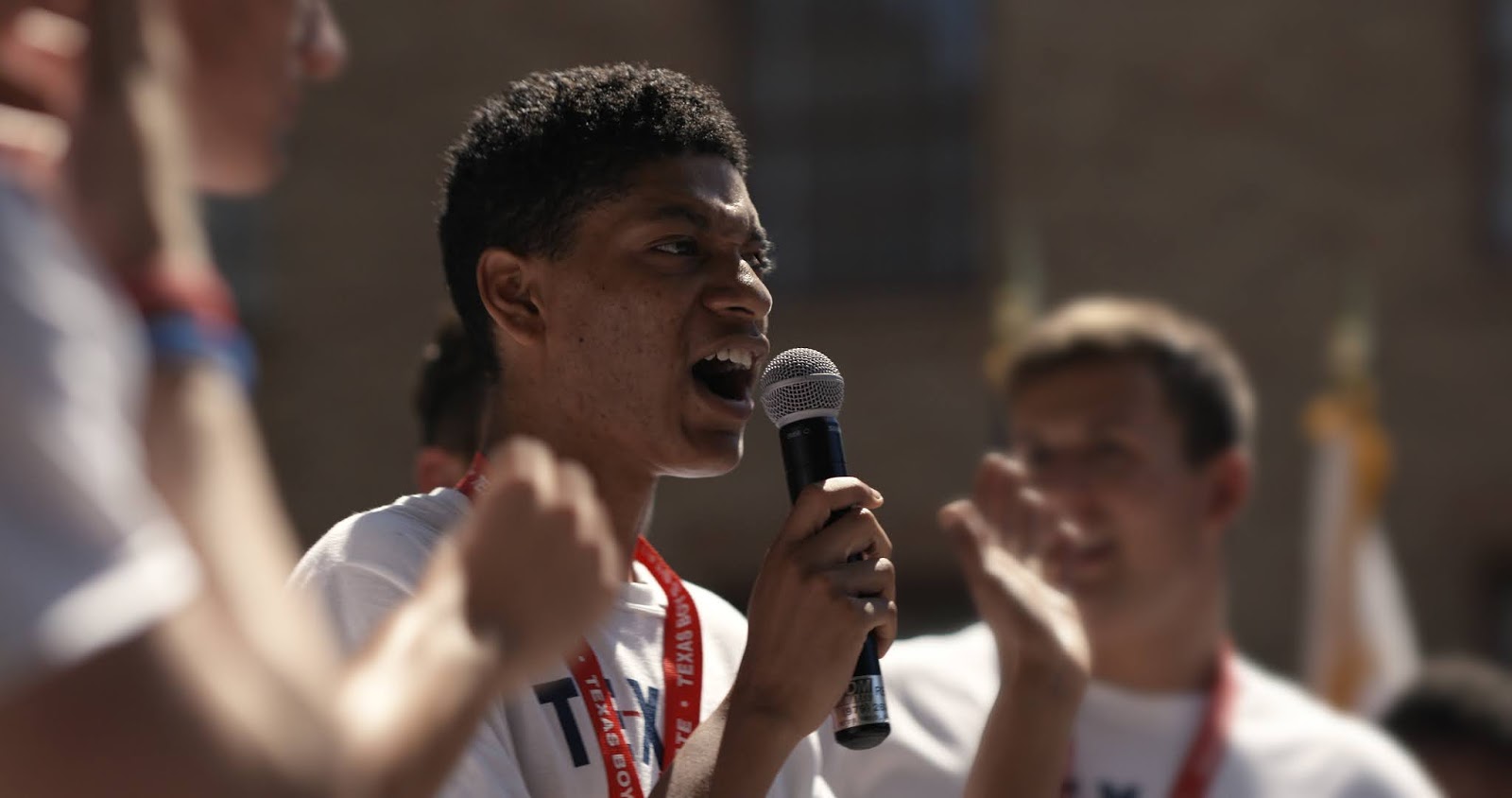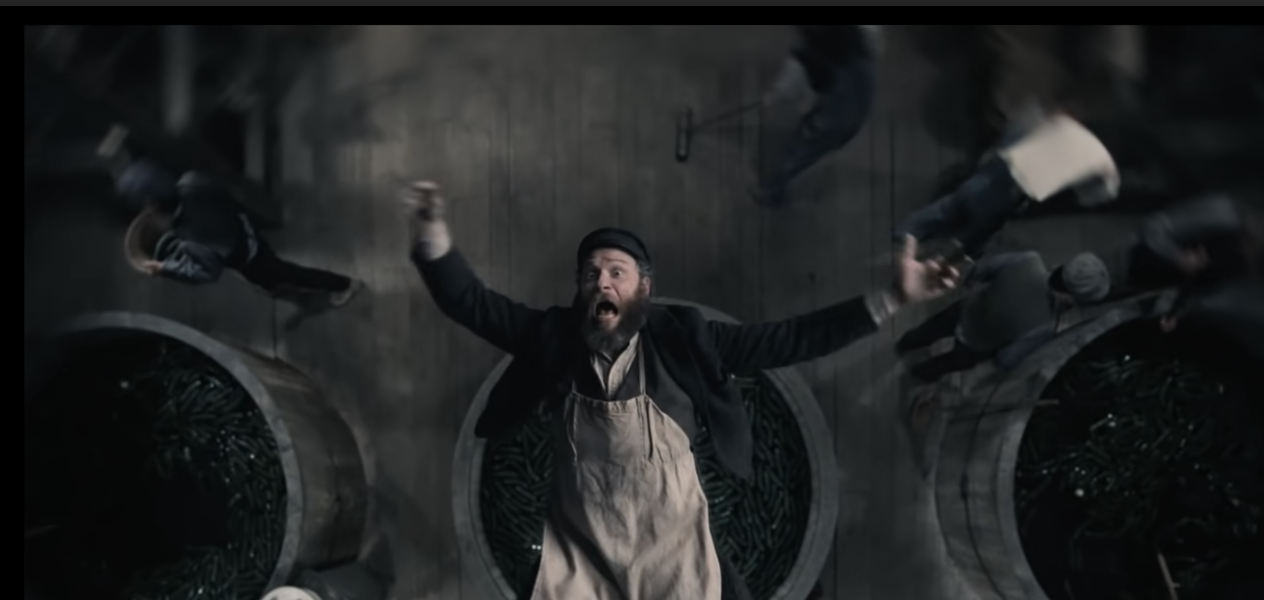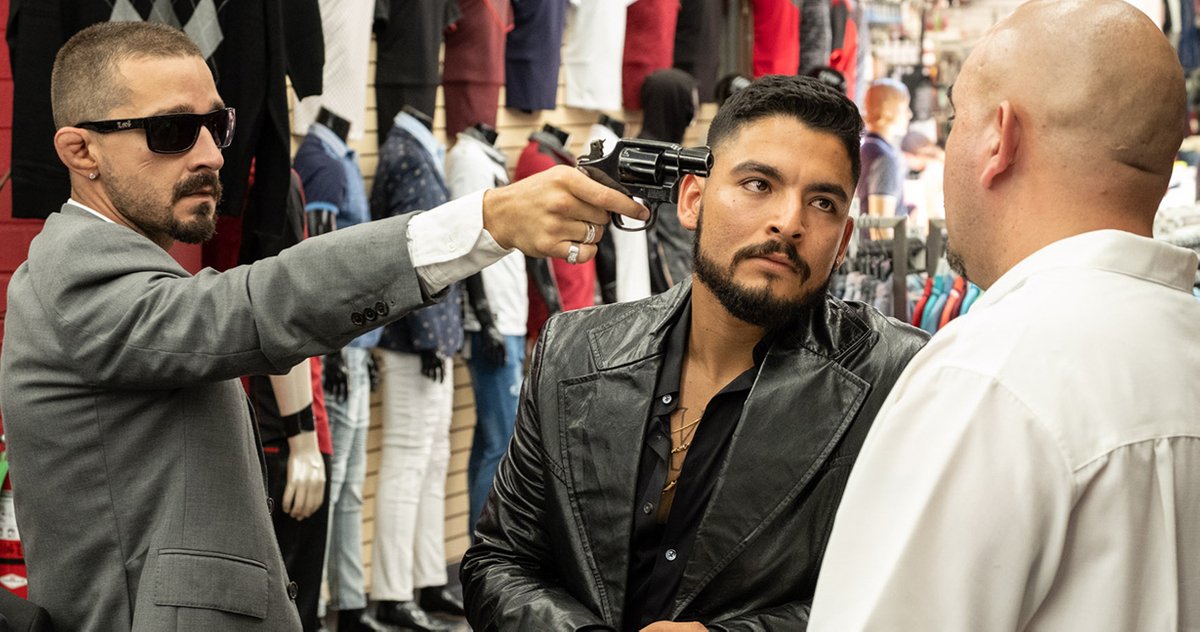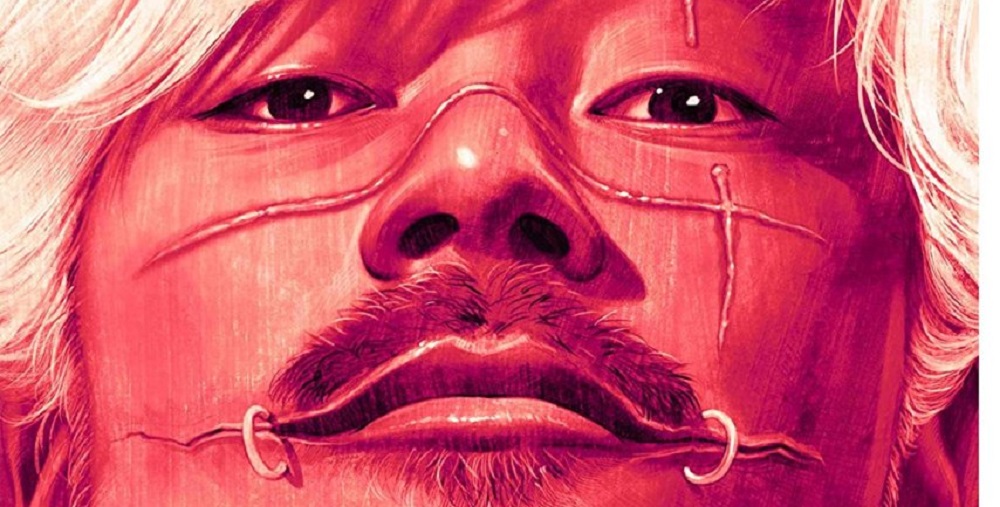Aside from maybe the musical, there is no genre in film more dependent on sound for audience response. From the creaks, groans and jangling chains of old fashioned haunted house pics to the hiss and slither of modern monster movies, things can hardly go bump in the night if you can’t hear the bump. So George sat down and determined the best examples of sound design in horror.
That’s right, George is driving. Did Hope recommend any movies to consider when thinking through the best use of sound in horror? She did. Did any make the list?
They did not.
Well, turnabout is fair play and sound is definitely George’s jam. So here, friends and Fright Clubbers, are George’s picks for the best sound design in horrorl
5. It Follows (2014)
Like A Quiet Place and Us, It Follows is a perfect example of how modern filmmakers are molding the soundtrack with sound effects and even score to create the sound experience.
Writer/director David Robert Mitchell, working with Disasterpeace on a score that incorporated music, ambient sound and sound effects, develops an immersive, nightmarish environment for the imagination to flourish. The synths reflect the film’s difficult-to-pin-down time period, simultaneously reflecting a recent past as well as a currency. Meanwhile, creaky doors and blowing wind call to mind old fashioned scares.
The score almost doesn’t sound like a score, and the sound sets a different mood every time the different demon appears. Few films are this masterful in the way it brings together sound track and sound effects. Together they create an inescapable mood.
4. The Haunting (1963)
Director Robert Wise obviously knew the importance of sound coming into this film, sitting, as it does, between his two biggest efforts, West Side Story and The Sound of Music. But musicals are not the only films that really deserve close attention to sound. What you hear is even more important than what you see in a good old fashioned ghost story.
We wanted to make sure the list included at least one example of old school Foley-style sound. Wise worked with AW Watkins, 4-time Oscar nominee for sound design (Doctor Zhivago, Libel, Knights of the Round Table, Goodbye Mr. Chips).
This is a great example of old time Foley sound effects used to create the mood, making things you can’t see scary.
3. The Lighthouse (2019)
The atmosphere is thick and brisk as sea fog, immersing you early with Jarin Blasche’s chilly black and white cinematography and a Damian Volpe sound design echoing of loss and one persistent, ominous foghorn.
For everything Eggers brings to bear, from the Bergmanesque lighting and spiritual undertones to the haunting score to the scrupulous set design to images suitable for framing in a maritime museum – not to mention the script itself – The Lighthouse works because of two breathtaking performances.
But what a world Eggers and crew create for Robert Pattinson and Willem Dafoe.
2. Berberian Sound Studio (2012)
Madman Peter Strickland (In Fabric) made an entire film about sound, and it gets so much right. Not just about sound—about the era, the equipment, giallo sensibilities and moviemaking.
Strickland, working with a sound department of 34, creates a psychological experience through sound almost exclusively. The amazing Toby Jones plays Gilderoy, flown in specifically to helm the sound in a horror movie.
“This isn’t a horror movie. This is a Santini movie!”
Gilderoy’s arc is profound, and sound is our only window into what is changing him. We don’t see what he sees, only his reaction to it and the sound of it that makes his psychological breakdown believable.
1. Alien (1979)
The great soundman Ben Burtt, with an impressive team and the direction of Ridley Scott, uses silence as another instrument in the terrifying sound design for this film.
Given the tag line, that powerful use of silence is more than evocative, it’s required. But layered in, Burtt offers plenty of aural evidence that this spaceship is not like those we were used to seeing onscreen. The Nostromo is no sleek vehicle. Creeks and chains, water leaks and thudding echoes depict a dilapidated bucket of bolts, giving Alien a creaky old house atmosphere.
From the chest bursting, Ash’s unattached vocal cord gurgling to the hissing sound the creature makes as he announces his presence, the sounds in this film have been copied and retooled as often as its storyline and look. But there is only one first time.














